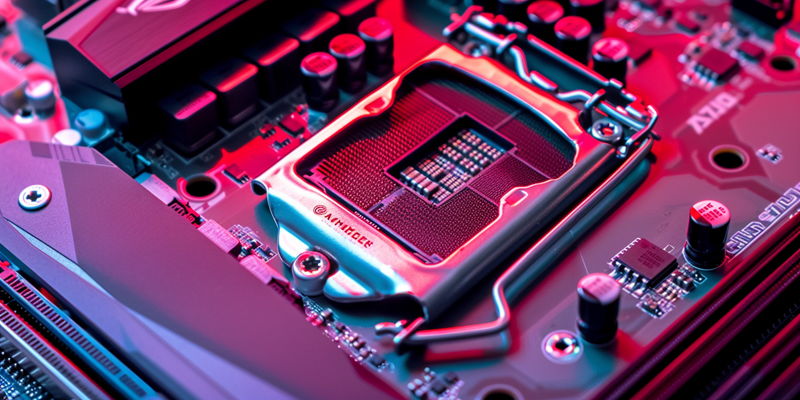In a strategic move targeted at the server market, AMD has announced the release of its Epyc 4004 series CPUs. These processors represent a more budget-friendly alternative to AMD’s high-end server offerings, distinctly appealing to customers in need of server-grade hardware without the necessity or financial room for CPUs boasting large core counts.
The Epyc 4004 series differentiates itself with a modest 16 cores and 32 threads, yet stands out due to its AM5 socket compatibility. Traditionally used for AMD’s consumer Ryzen CPUs, this move not only bridges server capability with desktop infrastructure but also drastically reduces hardware costs. Motherboards for the AM5 socket, manufactured by the likes of Asus and Gigabyte, are considerably more affordable compared to those dedicated to server use. Thereby, AMD’s Epyc 4004 chips could reshape the economic landscape of server setups.
Competitive Edge and Market Implications
AMD’s decision to introduce the Epyc 4004 series disrupts the traditional server market model while placing pressure on its closest competitor, Intel, which currently lacks a parallel offering for its LGA 1700 socket. If these new Epyc CPUs are indeed repurposed Ryzen chips, specifically akin to the Ryzen 7950X3D in terms of core count and L3 cache, this could cement AMD’s reputation for resourceful innovation.
The potential user base for these processors might comprise those currently eyeing AMD’s Threadripper CPUs, an option that, while less expensive than the premium server CPUs, still demands a higher budget than top-end consumer CPUs. With Epyc 4004 CPUs, AMD could carve out a niche for cost-effective, server-capable processors, delivering Epyc performance at a more accessible price point. This initiative underscores AMD’s commitment to catering to a diverse array of market needs and budgets, ensuring that server-grade computing is within reach for a broader audience.

